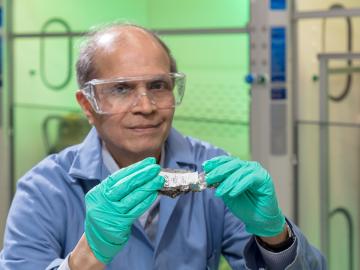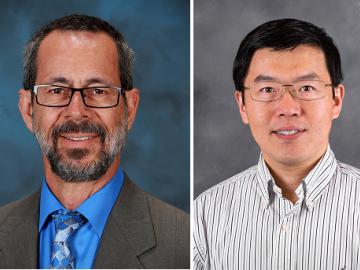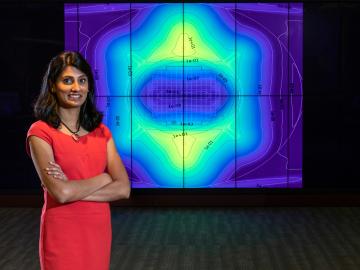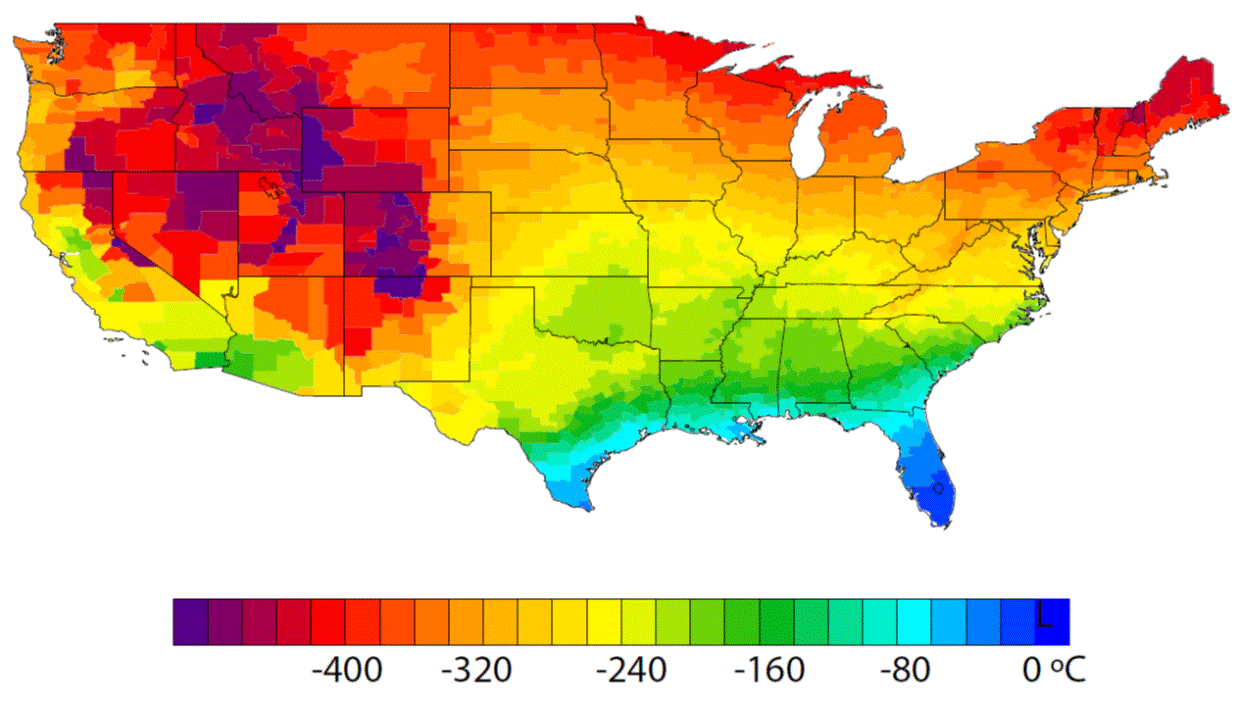
Filter News
Area of Research
- Advanced Manufacturing (8)
- Biological Systems (1)
- Biology and Environment (56)
- Biology and Soft Matter (1)
- Building Technologies (3)
- Computational Biology (1)
- Computational Engineering (1)
- Computer Science (9)
- Electricity and Smart Grid (1)
- Energy Science (109)
- Functional Materials for Energy (2)
- Fusion and Fission (15)
- Fusion Energy (6)
- Isotopes (3)
- Materials (98)
- Materials for Computing (6)
- National Security (30)
- Neutron Science (40)
- Nuclear Science and Technology (11)
- Quantum information Science (3)
- Supercomputing (70)
- Transportation Systems (1)
Date
News Topics
- 3-D Printing/Advanced Manufacturing (27)
- Advanced Reactors (11)
- Artificial Intelligence (26)
- Big Data (16)
- Bioenergy (28)
- Biology (28)
- Biomedical (11)
- Biotechnology (4)
- Buildings (16)
- Chemical Sciences (15)
- Clean Water (10)
- Composites (5)
- Computer Science (55)
- Coronavirus (9)
- Critical Materials (4)
- Cybersecurity (12)
- Element Discovery (1)
- Energy Storage (33)
- Environment (55)
- Exascale Computing (10)
- Fossil Energy (1)
- Frontier (12)
- Fusion (12)
- Grid (18)
- High-Performance Computing (16)
- Hydropower (8)
- Irradiation (1)
- Isotopes (5)
- ITER (2)
- Machine Learning (15)
- Materials (37)
- Materials Science (36)
- Mercury (2)
- Microscopy (18)
- Molten Salt (1)
- Nanotechnology (15)
- National Security (17)
- Neutron Science (33)
- Nuclear Energy (27)
- Partnerships (8)
- Physics (16)
- Polymers (7)
- Quantum Computing (7)
- Quantum Science (19)
- Security (6)
- Simulation (6)
- Space Exploration (8)
- Summit (16)
- Transportation (22)
Media Contacts

Electro-Active Technologies, Inc., of Knoxville, Tenn., has exclusively licensed two biorefinery technologies invented and patented by the startup’s co-founders while working at the Department of Energy’s Oak Ridge National Laboratory. The technologies work as a system that converts organic waste into renewable hydrogen gas for use as a biofuel.

Rare earth elements are the “secret sauce” of numerous advanced materials for energy, transportation, defense and communications applications.

Madhavi Martin, a researcher at the Department of Energy’s Oak Ridge National Laboratory, has been elevated to the grade of senior member of the Institute of Electrical and Electronics Engineers (IEEE).

IDEMIA Identity & Security USA has licensed an advanced optical array developed at Oak Ridge National Laboratory. The portable technology can be used to help identify individuals in challenging outdoor conditions.

The Isotope & Fuel Cycle Technology Division's Glenn Fugate has been recognized as a fellow by the American Chemical Society.

The American Crystallographic Association (ACA) has recognized two ORNL staff members at its annual meeting.

Like many soon-to-be high school seniors, Eva Davidson thought she knew what she wanted to be and how to get there. A chance encounter at a college fair altered that path—a change in plans she has never regretted.

Oak Ridge National Laboratory is training next-generation cameras called dynamic vision sensors, or DVS, to interpret live information—a capability that has applications in robotics and could improve autonomous vehicle sensing.

Using additive manufacturing, scientists experimenting with tungsten at Oak Ridge National Laboratory hope to unlock new potential of the high-performance heat-transferring material used to protect components from the plasma inside a fusion reactor. Fusion requires hydrogen isotopes to reach millions of degrees.

A detailed study by Oak Ridge National Laboratory estimated how much more—or less—energy United States residents might consume by 2050 relative to predicted shifts in seasonal weather patterns


